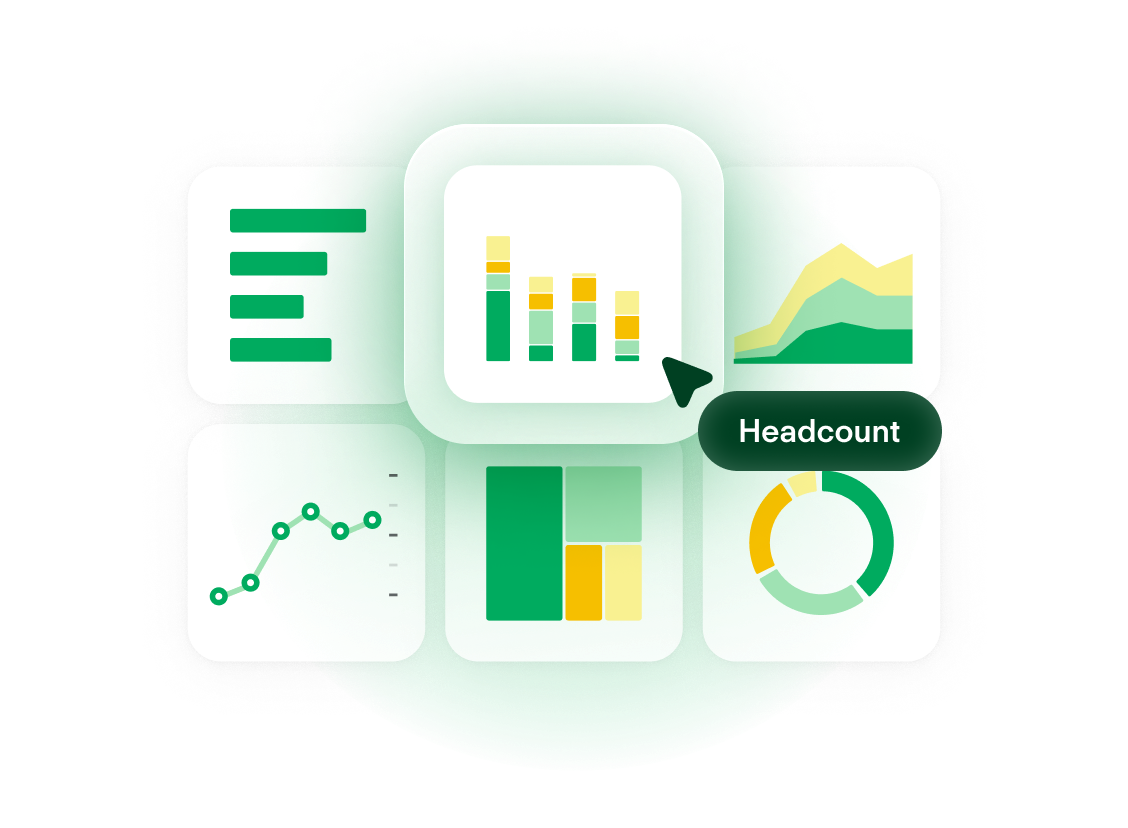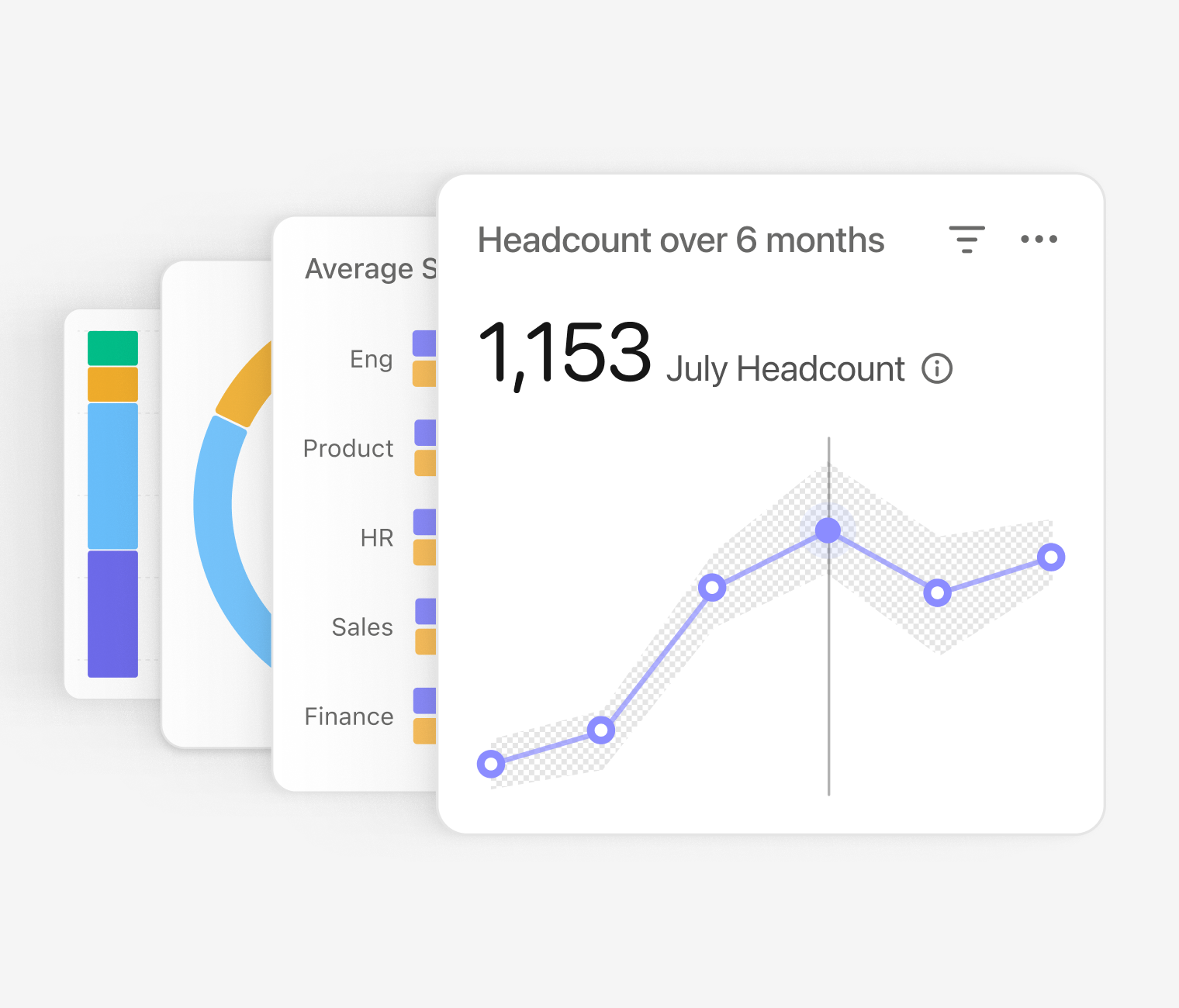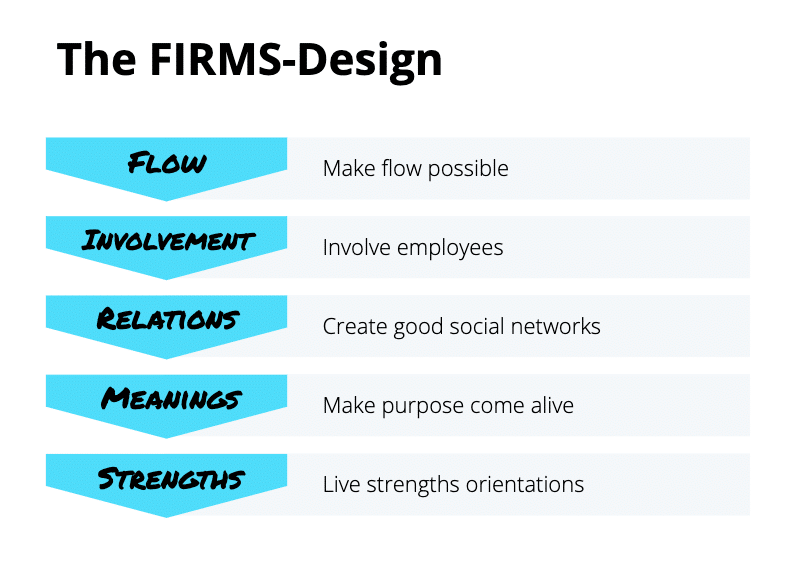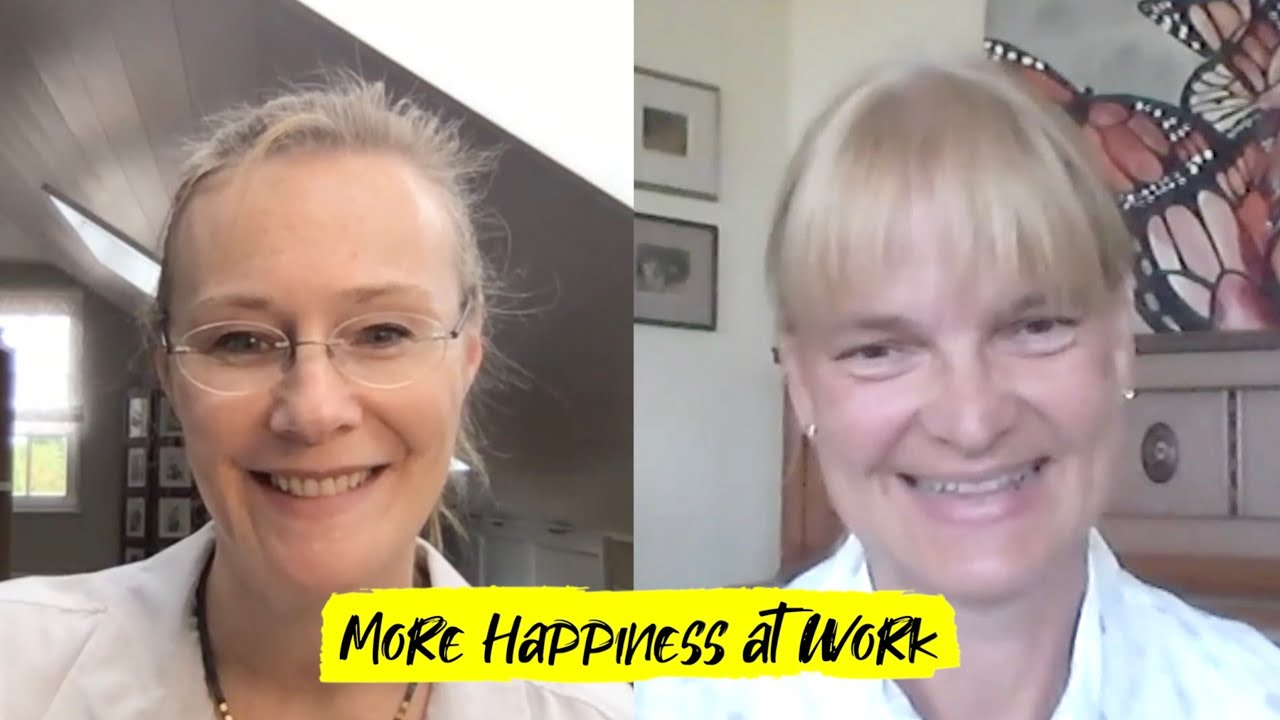
Turn data into strategic insights.
Enable proactive decision-making with People Analytics.
Create reports in secondsA 5-Step Framework for Improving Happiness at Work

Dr. Claudia Rohde, Head of personnel development, vocational training and recruiting at Brüder Schlau GmbH & Co. KG, is an organisational and people development expert who has held HR leadership and management consulting roles at companies like Jaegermeister, Westfalen and McKinsey.
Together with Laura Schroeder, our Head of brand and comms, she reveals why HR and happiness are interconnected and shares a 5-step framework for how HR can improve happiness in organizations.
Contents
- 1What Is Happiness? And Can You Measure it Scientifically?
- 2Why Is Happiness at Work Important?
- 3What Role Does Happiness Play in HR?
- 4How Does Happiness Impact Business Performance
- 5What Are Some of the Key Drivers of Happiness at Work?
- 6Should HR Drive the Happiness Agenda at Work and, if so, How?
- 7What Should Companies Be Doing Now to Increase Their Happiness Quotient?
- 8It’s Time to Spend More Time on Employee Happiness
What Is Happiness? And Can You Measure it Scientifically?
To begin, let’s talk about happiness, what it means, and why it’s worth addressing explicitly as part of your HR strategy.
If you are fortunate enough to live in Europe, your country is likely to be among the happiest 20% of countries in the world – at least according to the World Happiness Report.
But what is happiness? The Oxford English Dictionary defines happiness as, "Feeling or showing pleasure or contentment". Happiness is a state, not a trait, and it is truly, deeply personal. We’re not happy all the time: It comes and goes. But people can be generally more or less happy.
Once thought of as not worthy of study, researchers are now more comfortable with measuring happiness, overall. There is, in fact, a science of happiness. It is relatively recently established since in 1998, the commonly-acknowledged father of the new way of looking at psychology, Martin Seligman, spoke at the American Psychological Association and drew a line between the previous ‘disease’ model of psychology – what’s wrong with us – and a new version: positive psychology.
Enable Data-Led Decisions

Collect and organise important HR insights such as absences, attrition, and more. Generate detailed reports in seconds so you can strategise with confidence.
Unlock detailed HR analyticsWhy Is Happiness at Work Important?
Most great leaders know it instinctively, but research by neuroscientists Richard Davidson and V.S. Ramachandran and scholars like Shawn Achor has also proven that happy people are better workers. As Annie McKee explains in the HBR article on why ‘Being Happy at Work Matters’:
Those who are engaged with their jobs and colleagues work harder – and smarter.
In general, research by Fischer (2010) has also found that a happier organization is a more productive and successful organization. So it makes sense, from a business perspective and an HR one, to focus on happiness, explicitly.
What Role Does Happiness Play in HR?
“I think engagement and happiness are quite closely connected”, says Dr. Claudia Rohde in her interview with us. “When you really feel engaged at your work it definitely contributes towards your happiness. But, on the other hand, happiness is about much more for me. I really like the definition by Sonja Lyubomirsky. She says, ‘I use the term happiness to refer to the experience of joy, contentment, or positive well-being combined with a good sense that one’s life is good, meaningful or worthwhile.’ You see, it’s much more than engagement and it engages us much more.”
How Does Happiness Impact Business Performance
To answer this question, Rohde refers to the broaden and build theory of positive emotions by Barbara Frederickson. In essence, having positive emotions broadens one’s mindset, particularly in contrast with negative emotions. As Rohde describes it, “the theory says that happiness or positive emotions open our hearts and open our minds. I really love this sense. It really means you are open to new people, your connections to people you already know are more deepened, you are more helpful, it’s easier to network and it also opens your minds. This means you are more open for new things, more creative, innovative, better at problem-solving and it even leads to better health and more resilience”.
What Are Some of the Key Drivers of Happiness at Work?
In a VUCA world – a world of Volatility, Uncertainty, Complexity and Ambiguity – Rohde says that we really need to think about a whole package of happiness and positive emotions. However, she admits, “It’s not so easy for HR to contribute to that because happiness comes from inside. It’s not so easy to make someone else happy”. That doesn’t mean HR shouldn’t try to improve happiness at work, in fact, she believes that, “What we can do is create an environment which supports that.”
Should HR Drive the Happiness Agenda at Work and, if so, How?
The easy and immediate answer to this question was, “Yes”. But how does HR drive the happiness agenda at work? Rohde has a highly practical, adaptable response: something that she developed that they call the ‘FIRMS design’. Rohde describes it like this, “It’s based on findings from research but it’s also very practical because it’s based on our experience. It shows five fields of action which can be easily influenced by HR and managers which have a strong impact on the happiness of employees”.

How HR Managers Can Use the FIRMS-Design to Improve Happiness at Work
FLOW: “It begins with creating flows, or making flow possible for your employees”, says Rohde. Also known as being ‘in the zone’, flow is the mental state that Mihály Csíkszentmihályi describes when a person is “fully immersed in a feeling of energized focus, full involvement, and enjoyment in the process of the activity”.
INVOLVEMENT: “Here HR can be a role model by involving employees when you create new instruments or concepts”, says Rohde.
RELATIONS:“Relations is about supporting the networking skills for your employees” says Rohde. In practical instances, it can be used by HR, for example, “if you have training. You should have exercises where they get to know each other or spare time for networking”.
MEANING: “This is about having a mission”, says Rohde, “which is more than earning as much money as possible. Of course it’s about values, so you should really also talk about values. Research agrees. Kahneman & Deaton (2010) found that money can only buy happiness up to about $75,000 – after that, it has no significant effect on our emotional well-being.
STRENGTHS: “There are many things HR can do here”, says Rohde. “Something I really like is strengths-oriented team-building workshops”.
What Should Companies Be Doing Now to Increase Their Happiness Quotient?
One of the most effective ways of making people happier is by increasing their social connectivity. Research by Rohrer, Richter, Brümmer, Wagner, & Schmukl (2018) revealed that pursuing happiness through social means (e.g. spending more time with family and friends) is more likely to be effective than other methods. It makes sense that improving connectivity at work would help improve happiness, too.
This is what Rohde recommends, based on the FIRMS model, “I would really focus on relations and involvement. Now a lot of employees are still sitting alone in their home office, so you should support your employees and stay connected. So maybe you create some chatrooms? Or some virtual meetings in the evenings having a virtual glass of wine together, maybe? Also in official meetings, have some time for personal conversations”. When it comes to improving involvement, she recommends improving communication. “For involvement: You can, for example, use pulse surveys to let them know you still want to be connected with them, that you’re still interested in their input”.
Watch the whole interview here:
More happiness at work

We need your consent to load this service!
This content is not permitted to load due to trackers that are not disclosed to the visitor.
It’s Time to Spend More Time on Employee Happiness
Regardless of what approach you choose to take to improve happiness at your business, you can feel reassured that not only is happiness an acknowledged contributor to business improvement, it is also the right thing to do. Improving happiness on a unit level or a team level is also linked to positive outcomes including: higher customer satisfaction, profit, productivity, lower employee turnover, and a safer work environment.
So what’s stopping you? Perhaps it is simply the overwhelming amount of tasks required of an HR department. If so, perhaps it’s time to digitize HR management and storage tasks so you can spend more time focusing on what matters most: your people, their happiness, and the benefits that a happier workforce can bring to your company.

